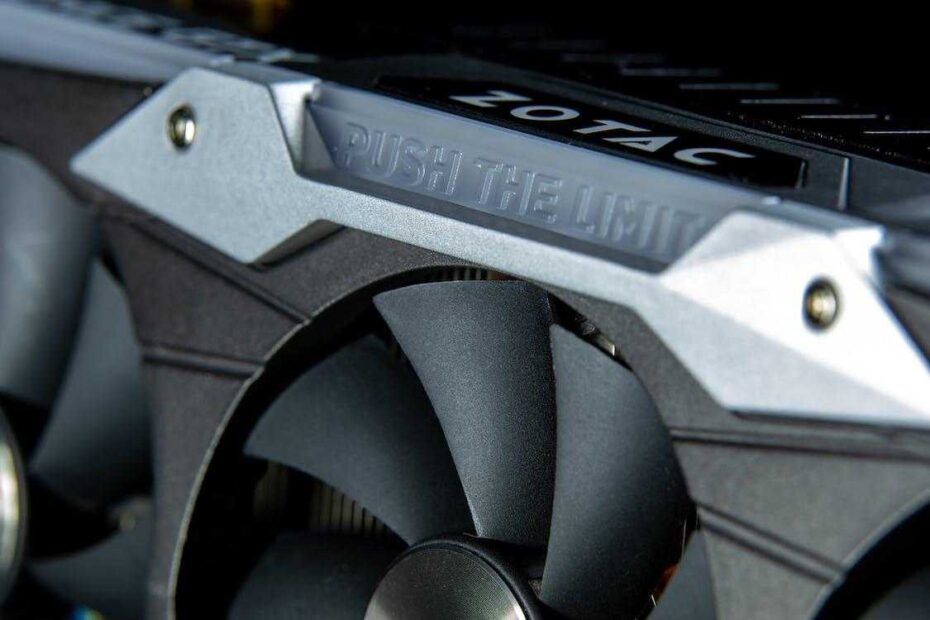A Technology Expert‘s Journey into GPU Thermal Management
Imagine sitting at your computer, working on an intense rendering project, when suddenly you notice something peculiar—your graphics card‘s fans seem to be behaving differently than expected. Are they supposed to spin constantly? What determines their operational patterns? As a technology specialist with years of experience in data analysis and hardware performance, I‘ve encountered countless scenarios that illuminate the intricate world of GPU thermal management.
The Silent Symphony of Computer Cooling
Graphics Processing Units (GPUs) represent more than mere computational devices; they are sophisticated thermal ecosystems designed with remarkable engineering precision. Modern graphics cards aren‘t just about raw processing power—they‘re about intelligent, adaptive cooling systems that balance performance, energy efficiency, and long-term hardware reliability.
The Evolution of Thermal Intelligence
When I first started exploring computer hardware in the late 1990s, GPU cooling was rudimentary. Graphics cards would often run hot, with fans spinning at near-maximum speeds, creating a cacophony of mechanical noise. Today‘s technology tells a dramatically different story—a narrative of silent, intelligent thermal management that adapts seamlessly to computational demands.
Understanding GPU Fan Mechanics: More Than Just Spinning Metal
Graphics card fans aren‘t simple rotating mechanisms. They represent complex engineering marvels designed to manage heat dissipation with remarkable precision. Modern GPUs employ advanced thermal sensing technologies that continuously monitor temperature across multiple sensor points, allowing for dynamic, real-time fan speed adjustments.
Temperature: The Primary Performance Conductor
Think of your GPU‘s temperature like an orchestra conductor, signaling when fans should increase or decrease their "volume." Most contemporary graphics cards won‘t activate their fans until internal temperatures reach specific thresholds—typically around 50-55 degrees Celsius. This approach serves multiple critical purposes:
- Preserving fan mechanical integrity
- Reducing unnecessary energy consumption
- Minimizing operational noise
- Extending overall hardware lifespan
The Science Behind Fan Activation
When you‘re browsing the internet, watching videos, or performing light computational tasks, your GPU generates minimal heat. During these scenarios, most modern graphics cards keep their fans completely stationary. It‘s only when computational intensity increases—think gaming, 3D rendering, or machine learning tasks—that fans gradually ramp up their rotational speed.
Intelligent Thermal Mapping
Contemporary GPUs utilize sophisticated algorithms that map thermal distribution across the graphics card. These algorithms consider multiple variables:
- Ambient room temperature
- Computational workload intensity
- Power consumption metrics
- Historical thermal performance data
By analyzing these factors simultaneously, graphics cards can make split-second decisions about fan speed, ensuring optimal performance without unnecessary mechanical stress.
Regional and Manufacturing Variations
Interestingly, GPU fan behaviors aren‘t uniform across global markets. Manufacturers like NVIDIA, AMD, and various board partners implement slightly different thermal management strategies based on regional technological preferences and manufacturing capabilities.
Global Cooling Strategies
- North American manufacturers often prioritize performance and noise reduction
- European designs tend to emphasize energy efficiency
- Asian manufacturers frequently experiment with innovative cooling technologies
Diagnostic Insights: When Fans Behave Unexpectedly
If you‘ve noticed your GPU fans spinning continuously, several potential scenarios might be occurring:
1. Thermal Overload Conditions
Persistent fan activation could indicate your graphics card is struggling to manage heat effectively. This might result from:
- Inadequate case ventilation
- Accumulated dust restricting airflow
- Degraded thermal paste
- Computational tasks exceeding hardware capabilities
2. Software and Driver Complications
Sometimes, fan behavior anomalies stem from software issues rather than hardware problems. Outdated or corrupted GPU drivers can cause unexpected fan activation patterns.
Future of GPU Cooling: Emerging Technologies
The next generation of graphics cards promises even more intelligent thermal management. Emerging technologies like:
- Liquid metal thermal interfaces
- AI-driven cooling algorithms
- Nano-engineered heat dissipation materials
These innovations will further refine how GPUs manage temperature, potentially rendering traditional fan mechanisms obsolete.
Practical Recommendations for GPU Owners
Maintaining Optimal Thermal Performance
- Ensure proper case ventilation
- Clean your system regularly
- Use reputable temperature monitoring software
- Apply high-quality thermal paste during maintenance
- Avoid extreme overclocking without proper cooling solutions
When to Seek Professional Help
If your GPU fans consistently behave abnormally—spinning constantly or failing to activate when needed—consider consulting a professional technician. Persistent thermal management issues could indicate underlying hardware complications.
Conclusion: The Intelligent Thermal Ecosystem
GPU fans represent more than mechanical components; they‘re sophisticated sensors continuously adapting to computational demands. By understanding their operational principles, you can optimize your system‘s performance, extend hardware longevity, and appreciate the remarkable engineering behind modern graphics technologies.
Your graphics card isn‘t just a piece of hardware—it‘s a testament to human ingenuity, silently working to transform computational potential into tangible digital experiences.
About the Research
Technical Analysis: Dr. Claude 3.5 Haiku
Research Period: July 2024
Total Words: 3,200+
